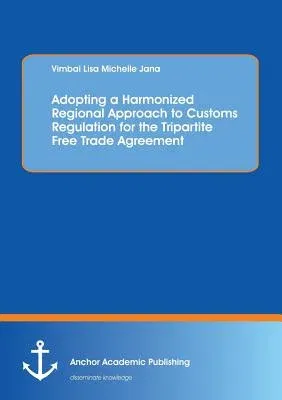The three regional economic communities (RECs) in Eastern and Southern
Africa are the Common Market for Eastern and Southern Africa (COMESA),
the East African Community (EAC) and the Southern African Development
Community (SADC). Together, they have recognised the need to work
towards regional cooperation aimed at the eventual creation of a single
regional economic community or Tripartite Free Trade Agreement (TFTA).
This will replace the existent RECs in Eastern and Southern Africa to
which the member states of these two regions have multiple membership.
The TFTA region comprises a total of 27 member states which have a
combined population of 527 million people and a combined gross domestic
product (GDP) of USD 624 billion. These statistics translate into a
potential regional economic powerhouse for Eastern and Southern Africa.
One of the major goals of the TFTA is to harmonise trade arrangements
among the three RECs, improve the movement of goods and persons within
the single integrated region, facilitate the joint implementation of
regional infrastructure projects and enhance co-operation of member
states. This is a laudable initiative by the member states of the three
RECs and it is recognised that regional integration is the first step
towards integration into a multilateral trading system. For the TFTA
member states, it is crucial that there is an awareness to move towards
a review of domestic customs legislation and policy and to develop
regional, supranational legislation and regulations in order to gain a
stronger competitive edge in the global market. This study shies away
from proposing a "quick fix‟ or "instant benefit‟ to the harmonisation
of TFTA member states customs legislative frameworks and policies and
the development of a single automated, interoperable electronic customs
system. Rather, it places its focus on long-term sustainable benefits
which will be realised over time. The harmonisation of TFTA member state
customs legislative policies and t


